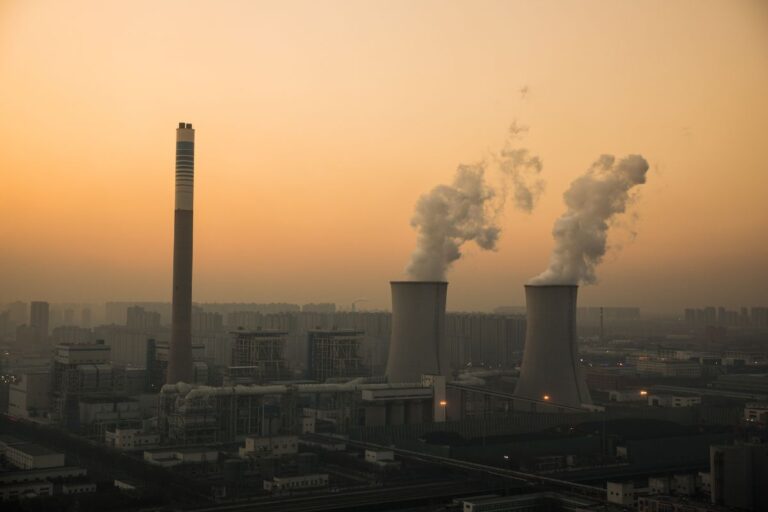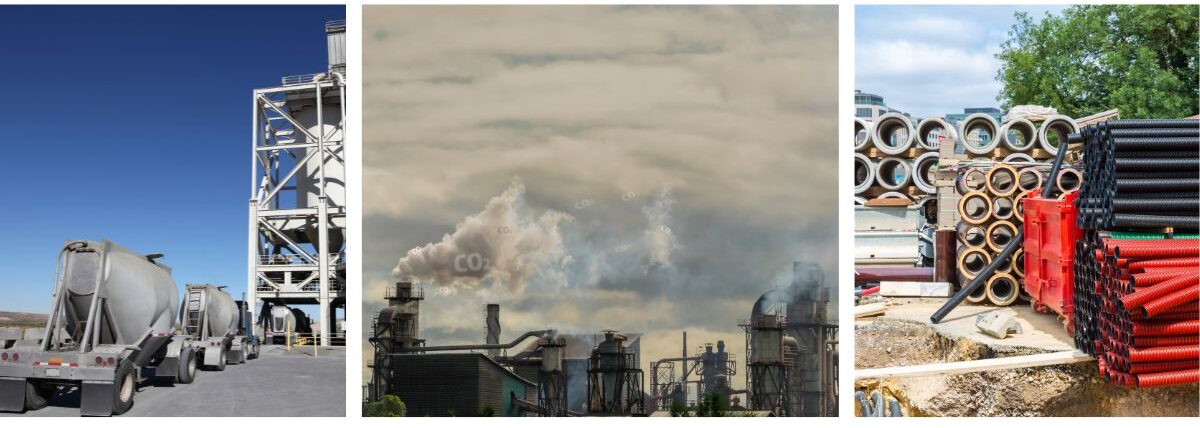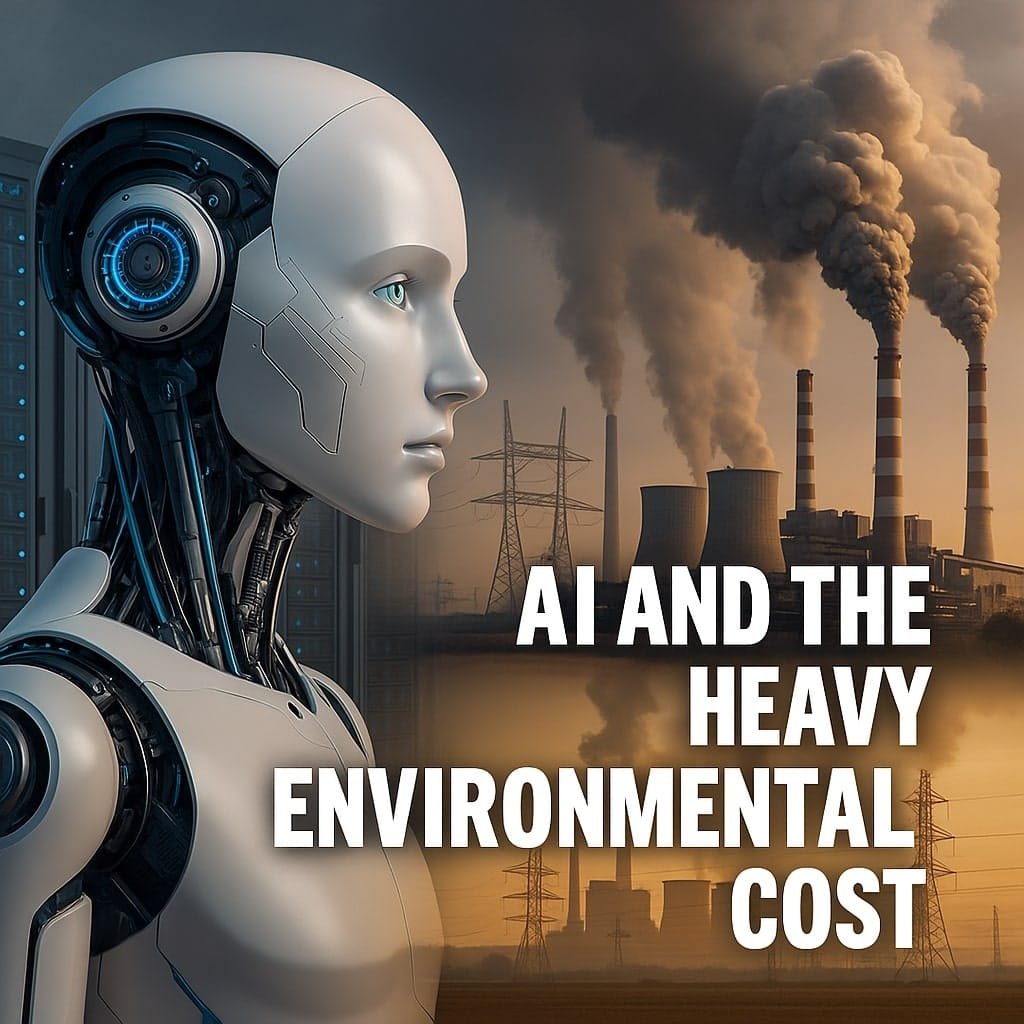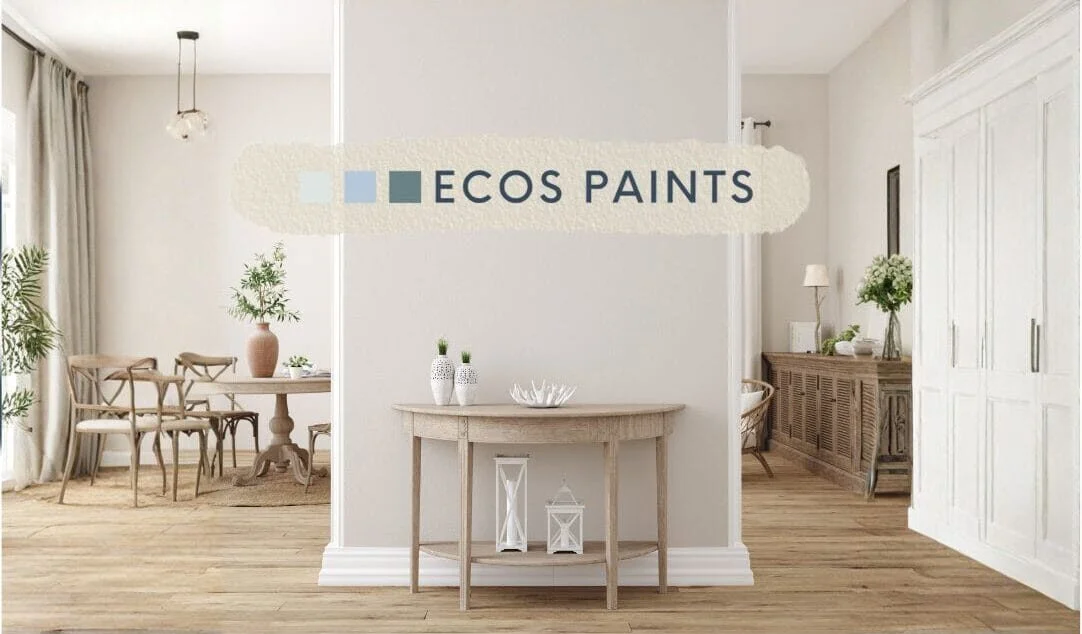"Our Buildings & Homes Should Be Nurtured By Nature And Rise With Pride!"
- Amara Naqvi Tweet
Our homes and the spaces we occupy tell a story of our style, values, and our view of the world. They offer us a space to showcase what we care about and the things we cherish. As times change, our homes are becoming increasingly important sanctuaries that fill us with balance and fulfill our spirit.
With this in mind, it’s essential to create healthy interiors for optimum well-being. A space where comfort, joy, and love reside — our own unique mini- universe!
In addition to our homes, social or business spaces such as offices, schools, retail stores, healthcare centers, or anywhere significant time is spent are just as important.
Why are our living spaces significant Or relevant?
Why give it a thought? Because it has an unseen yet notable effect! The spaces we occupy are more than just a structure; they’re energy-filled vibrating fields that are influenced by everything – from the sun to the wind, to the surrounding bodies of water and greenery, or lack thereof.
The materials used for construction, the objects inside, and even their composition or chemical contents, contribute to the interior environment. Not only do you feel the physical structure of objects, but also the energies that are ever so present in them.
What is an Unhealthy Built Environment?

The number of toxins and chemicals present in our homes, buildings, and everyday used products is astounding. According to the EPA, over 85,000 different chemical substances are registered for commercial use in the United States, many of which are hazardous to human health.
These chemicals can be found in a variety of products, from cleaning supplies and pesticides to building materials and furniture. In fact, it’s estimated that the average American home contains over 500 different synthetic chemicals.
These toxins enter our bodies through the air we breathe, the food we eat, water we drink and through material that touch our skin or products we apply topically. Today, research links these substances to many health conditions including cancer, reproductive problems, and endocrine disruption.
Sadly, big chemical companies and manufacturers have a great deal of power and resources that make it tough for lawmakers to pass laws that limit their toxic products.
Although some of the hazardous chemicals are slowly being banned, they are already hiding in millions of everyday products, furniture, and materials before any bans or regulations were implemented.
The good news is that, we can take steps to reduce our exposure and make our spaces healthy. Small changes can make a difference if one really aims to do so!
Aalign’s Perspective
It isn’t always possible to eliminate all harmful chemicals from our surroundings. In order to eliminate all harmful substances entirely, one would have to move to a secluded area and source the materials personally. This would mean knowing exactly where they come from and what they are made of.
In any case, we need to familiarize ourselves with the unhealthy chemicals we encounter daily, impacting our health.
It’s imperative to know how much is too much and have a sense of what’s in the things we use regularly. Having a better understanding of what we’re exposed to can help us at least recognize health consequences and trace them back to their source.
When we understand this, we can make choices to balance or reduce our exposure to toxic materials. For example, if one product contains harmful substances, we can choose another product or material that is less toxic or even beneficial. This helps to counteract the negative effects of the harmful source.

How do we mitigate or balance exposure to toxins?
Here are some ideas:
- In cases where indoor air quality is poor because of VOCs released by furniture or finishes, you can offset emissions by using VOC-absorbing paints or by incorporating air-purifying plants like spider plants and peace lilies.
- For those who cannot remove synthetic wall-to-wall carpeting that causes allergies, or who have installed new carpeting that offgasses, a HEPA vacuum cleaner and air purifier with a HEPA filter can help capture airborne chemicals until the offgassing subsides.
- In the event that you cannot replace your bed frame and suspect that it contains glue that releases harmful VOC’s, you should consider investing in an organic or completely non-toxic mattress to minimize your nightly exposure as much as possible. (Many bed frames, especially those made with engineered wood or certain paints or stains, emit VOCs during off-gassing).
- If you want to reduce noise pollution from outside, consider purchasing an acoustic machine that cancels out external noises. By doing this, headaches or worse, the need to relocate can be avoided.
- Consider using EMF-reducing gadgets or removing seating from electromagnetic sources if it is not possible to eliminate them completely from your workplace.
- If you discover formaldehyde emissions from furniture, activated charcoal air purifiers are effective at absorbing formaldehyde and other toxins.
- You can use zeolite rocks to eliminate Benzene and Xylene odors from your interiors if you discover that your paint contains these chemicals. Due to their porous nature, zeolites rocks effectively capture and neutralize harmful chemicals.
- To offset potential exposure to flame retardants, regularly vacuum upholstered furniture with a HEPA filter. This removes dust particles containing flame retardant chemicals, thus minimizing their airborne spread.
But what about our outdoor environment?
How do we minimize its pollution, which is as crucial.
Here are a few suggestions:
- If one is unable to install solar panels on your roof, use energy-efficient lighting to compensate. As a result, you save energy and reduce electricity costs, reducing the emissions of greenhouse gases associated with the production of fossil fuel electricity.
- Roll down the windows when waiting in parking lots or school pick up car line to enjoy fresh air (weather permitting) and reduce air pollution caused by gas emissions.
- Use the same cup at dinner events or restaurants instead of getting a new one every time to reduce plastic pollution.
- Use reusable coffee filters instead of disposable paper ones to reduce waste and reduce paper production’s environmental impact.
- Reduce plastic and packaging waste by buying groceries in bulk or with minimal packaging.
- Reduce our contribution to water pollution and chemical contamination by switching to eco-friendly cleaning products and personal care items. Demand for these products will lead to greater supply and lower prices, making them more accessible to everyone.
- Take shorter showers, fix leaky faucets, and water your lawn less frequently. Every drop saved reduces strain on water treatment facilities and conserves this precious resource.
- Junk mail! To reduce waste from print and paper, we should pressure businesses to cut back on paper. For the most part, the practice is wasteful and inefficient, contributes to deforestation, and serves little purpose. We can also contact senders directly to unsubscribe and consider apps like PaperKarma for easy opt-out assistance or use services such as DMA Choice and Catalog Choice.
Biggest Culprit

It’s no secret that burning fossil fuels releases greenhouse gases into the atmosphere, leading to climate change, air pollution, and global warming. Emissions like carbon dioxide contribute to rising temperatures, extreme weather events, and sea-level rise. Despite the convenience of oil, coal, and natural gas, their emissions are harmful to both the environment and human health.
There are, however, emerging alternatives and innovative solutions aimed at reducing environmental degradation. As well as covering how human activities impact the environment, we’ll highlight promising initiatives aimed at preserving and restoring our natural environment.
How Buildings & Homes Also Contribute To Global Warming

Our homes and buildings consume large amounts of energy, contributing significantly to emissions responsible for smog, poor air quality and climate change. To truly make an impact, we must reconsider how we construct and operate these spaces.
- Buildings, homes and construction consumes almost 40% of all energy and 74% of electricity produced annually by the united states, according to department of energy. (Source)
- Despite increased efforts to improve energy efficiency, the sector contributed over a third of energy demand and CO2 emissions in 2021, a record high. (Source)
Why Is The Built Environment A Major Player In Global Warming

Buildings leave a big carbon footprint in 3 ways:
Making building materials: Think concrete, steel, and glass. These take a lot of energy to produce, which releases CO2 emissions, a gas that traps heat in the atmosphere.
Using buildings: Heating, cooling, lighting them up, and all the appliances we use inside – if these aren’t energy-efficient, they also create CO2 emissions.
Discarding Building materials: Tearing down things like roads, bridges, and airports requires a lot of machinery, which uses energy and creates CO2 emissions.
And it doesn’t stop there:
Discarded building materials are another environmental concern! On top of the energy used to create building materials, discarding them adds another layer of environmental impact. Many building materials, like treated lumber or certain types of insulation, contain harmful chemicals. If not disposed of properly in designated facilities, these chemicals can leak into the soil and contaminate the groundwater. Other materials may also contain toxins or are hard to break down, causing pollution of the soil, air, and water if not properly disposed of. Even non-toxic materials like concrete and bricks take a very long time to decompose, clogging up landfills and creating disposal challenges.
Sick Building Syndrome & Poor Indoor Air Quality
It’s also important to be aware of Sick Building Syndrome (SBS) and poor indoor air quality, since they both affect our health. We can take preventative measures by understanding the problems that arise from them.
Regardless of whether a building is a home, apartment, office, school, or any other, sick building syndrome occurs when occupants experience discomfort or health problems. Headaches, irritation of the eyes, nose, and throat, dry coughs, itchy skin, dizziness, nausea, fatigue, and difficulty concentrating are some of the symptoms.
Indoor air quality is also impacted by many of the same factors as Sick Building Syndrome.
- Poor ventilation VOCs, carbon dioxide, and carbon monoxide cause indoor air pollution.
- Chemical contaminants: Paint, cleaning products, and furnishings can emit chemicals indoors.
- Biological contaminants: Bacteria, viruses, and mold can cause biological contaminants in indoor air.
- Physical factors: Noise, temperature, and humidity all contribute to SBS.
To prevent and manage symptoms of Sick Building Syndrome:
- Improve ventilation: Use fans, open windows, or install ventilation.
- Control indoor air pollution: Use low-VOC products, clean regularly, and control moisture.
- Remove sources of contamination: Air samples can be tested for pollutants and the source can be eliminated.
- Poor Ventilation: Poor airflow leads to indoor air pollution (CO2, CO, and VOCs).
- Chemical Contaminants: Cleaning products, paint, and furnishings all contribute to indoor air pollution.
- Biological Contaminants: Biological contaminants can spread indoors from mold, bacteria, and viruses.
- Physical Factors: Noise, temperature fluctuations, and humidity levels can worsen Sick Building Syndrome.
- Improve ventilation: Use fans, open windows, use filters, or install ventilation.
- Control indoor air pollution: Use low-VOC products, clean regularly, and control moisture levels.
- Remove sources of contamination: Air samples can be tested for pollutants and the source can be eliminated.
health problems caused by unhealthy built environments
Cancer risks, hormonal disruption, respiratory problems, and stress are just a few of the health problems caused by unhealthy built environments. You can find thorough details about how different toxins harm or cause health issues here.
The question is: Where do we go from here?
A Beautiful Solution: Sustainable Living
Whether intentionally or unintentionally, our actions have contributed to a number of environmental problems, and we have been conditioned to believe that this is the only way to do things.
The smog and haze in our towns or cities isn’t just an eyesore; it’s the result of excessive pollution caused by our activities. Similarly, the buildings and homes that we live in could also contribute to health problems. Everyday elements like paint, finishes, insulation, carpet, etc., release harmful toxins into the air. Without expecting anything better, we’ve simply accepted this.
But it doesn’t have to be so …
Fortunately, many dedicated individuals are working towards innovative solutions to eliminate such practices. There are alternatives and emerging new beautiful solutions to counteract this problem. Here are a few suggestions.
A Blueprint For Harmless Construction:
Several promising emerging concepts, including Biophilic Design, Circular Economy, Cradle to Cradle, Embodied Energy, Regenerative Design, Zero Net Energy buildings, and the Passive House Standard, are on the horizon!
By using natural elements, reducing waste, selecting durable materials, and minimizing energy consumption, they aim to create a healthier environment for people and the planet. Bringing such concepts to life requires our support and encouragement!
“Our buildings & homes should not harm the environment, but rather enhance itand be a source of pride for the community.”
Concept of Prostruction illustrates this well:
Eric Corey Freed, an acclaimed architect, author, global speaker, and comedian, is the Founding Principal of organicARCHITECT, a leading firm in biophilic and regenerative design. Author of 11 books, Eric promotes “prostruction,” or growing buildings in order to combat climate change effects, enabling resilient structures.
In this amazing concept, advancing technologies are used to harness the power of biology to grow buildings that are healthy, sustainable, and affordable. Despite its early stage of development, it has the potential to revolutionize the construction industry!
Prostruction benefits include better indoor air quality, reducing waste, and replacing harmful non-renewable materials with natural, recyclable ones. It’s an absolutely fascinating concept! See what their incredible team and other advocates are doing here.
Prostruction Examples Include:
- Using Prostruction, Mexico is building earthquake-relief homes.
- Prostruction is building a net-zero energy school in the United States.
- A bamboo skyscraper is being built in China with Prostructio concepts
- The Eden Project in England and the Bullitt Center in Seattle are notable examples of Prostruction.
A Blueprint for a Harmless Healthy Home:
We should demand, encourage, and mandate that our homes and apartment buildings avoid toxic materials by default!
These are just a few ideas for creating a healthy home:
- Interior spaces should have plenty of natural light and fresh air for optimal lighting and ventilation.
- Building materials (insulation, flooring, walls) should be low- or non-toxic.
- In addition to energy-efficient appliances and lighting, energy management technologies should also be standard.
- Low-flow toilets, faucets, and showers should be implemented to reduce water waste and utility costs.
- Indoor air pollution should be prevented by using eco-friendly paints, adhesives, sealants, and glues.
- A clean energy system should be integrated into the building, such as solar panels, wind turbines, or geothermal heat pumps.
A precautionary approach should be taken to minimize exposure to electromagnetic fields (EMFs) and electrical disturbances (“dirty electricity”) until definitive scientific evidence indicates that it doesn’t harm health. This includes proper wire grounding, minimizing unnecessary wireless devices, prioritizing wired connections where feasible, and creating designated low-EMF zones for relaxation.
As consumers, it is our responsibility to demand healthy built environments. It is imperative that we promote and prioritize eco-friendly, sustainable structures that are good for the planet and for us.
Point Of Alignment
When demand exists, supply follows!
As the global population increases and we persist in transforming green land into urban developments, it is crucial to rethink and adopt smarter approaches that do not ignore environmental consequences, because neglecting them could make our planet uninhabitable.
We need a shift! By using methods that follow nature’s lead, we can create a future where our homes and buildings are healthy for both us and the planet.
This and all the related content about healthy Interior design is the cornerstone of Aalign. We strive to bring information that takes a “mindful” approach to design and decor by aligning and merging ancient wisdom with modern-day sustainable methods, holistic approaches, and biophilic ideas.
In this day and age, there is an abundance of information available at our fingertips. Yet with all the overload, it becomes difficult to distinguish which details are important – they get lost in a flurry of disorganized data which makes us want to forget about them altogether. We hope to keep things simple.





